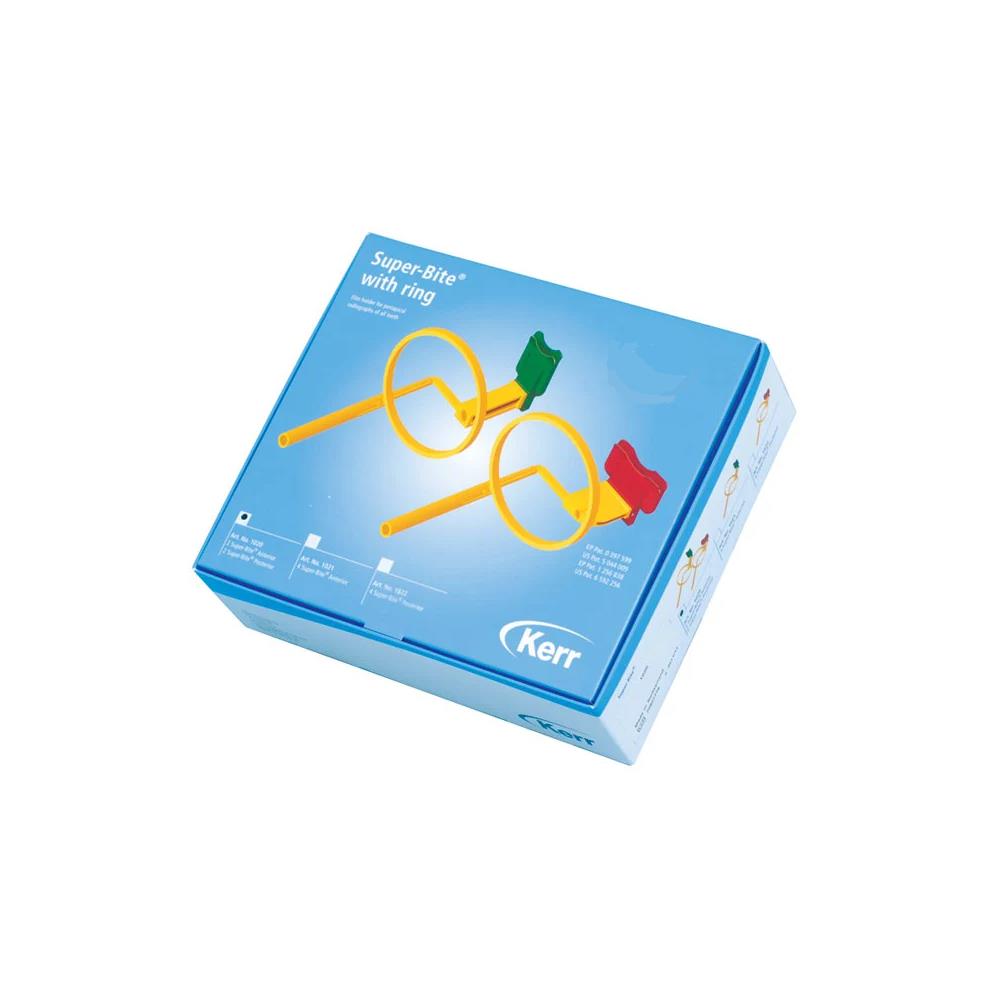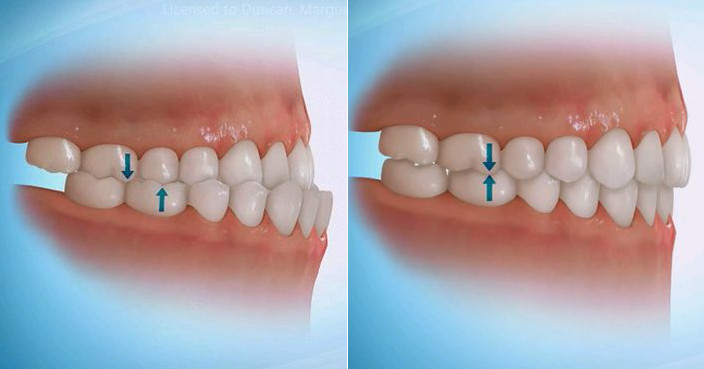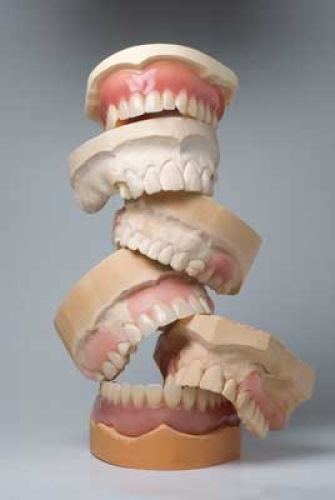

Acid can break down your enamel, causing cavities and yellow teeth. The acid in sour candy can cause a bat-load of damage to your teeth. Stay far, far away…they’ll end up being a real pain in the neck. Hard candies-including lollipops, Jolly Ranchers and Life Savers-are just a continued stream of sugar to your teeth! This amount of sugar, and the time it takes to dissolve it, can break down your teeth enamel. The stickier the candy, the worse they are for your teeth! Sticky candy attaches to your teeth and can cause enamel to break down, which increases your risk of developing cavities…eek! Gummies, Tootsie Rolls, taffy, caramels and even dried fruit fall into this category. Sugar-free gum has also been proven to help prevent cavities. Sugar feeds bacteria in the mouth, but sugar-free treats disrupt that system. Sugar-free gum and candies are good alternatives to regular sugary options.

Not only are nuts a great source of protein and fiber, but they can also break up the sticky ingredients in your candy that lead to cavities.

You should also load up on candy bars with nuts, like Hershey’s Chocolate with Almonds. It’s hard to Reese-ist a chocolate peanut butter cup, and the good news is you don’t have to! Peanut butter and chocolate both melt away fairly quickly instead of hanging around on your teeth. It has less sugar than other chocolates and candies, and recent studies suggest there is a compound in cocoa that can actually fight plaque and help harden tooth enamel. Keep it spooky with dark chocolate, which is by far the best candy option when it comes to your pearly whites! We love this indulgent treat for many reasons.

Your teeth will thank you! Enjoy These Fang-tastic Treats Before you gobble up all the sweet treats this Halloween, take a look at our expert tips on what to eat and what to avoid.
#First bite dental professional#
If a dental professional recommends bite blocks for you, know that these small, plastic devices can positively impact keeping your treatment on track-so you can enjoy your newly straightened smile right on schedule.We will let you in on a little secret…dentists eat candy too! However, not all sugar is created equally. Interdental cleaning with a water flosser or floss threader made for braces should also be part of your routine for keeping your braces and bite blocks clean.īite blocks are an effective tool in orthodontics for preventing a bad bite from damaging metal braces. Try to brush your teeth after you eat to ensure food doesn't get stuck in between teeth. How Do I Clean a Bite Block?Ĭleaning your teeth with braces indeed requires a little additional maintenance, but it's essential for keeping your treatment on track. After about a week, you should be more accustomed to eating with bite blocks, and you can move on to other braces-friendly foods. Cutting up your food into smaller bites can also make chewing easier. At first, try sticking with soft foods while adapting to the bite blocks. Just like getting braces, adjusting to having bite blocks in your mouth can take some time. You will only need bite blocks until your teeth move into a healthy alignment or your teeth no longer come in contact with the brackets when biting down. If your dental professional recommends bite blocks as part of your orthodontic treatment, know that bite blocks are typically only necessary for roughly six to twelve months. To keep your braces in working condition, an orthodontist will likely apply bite blocks to either the front two teeth or on the chewing surfaces of your molars so your braces can do their job without interruption. In many cases, the way your top and bottom teeth come in contact can slow the progress of your braces treatment, and an untreated deep bite can result in gum disease and enamel wear, according to the American Orthodontics Association. They also help to prevent damage to your teeth while they move during orthodontic treatment. The main functions of bite blocks are to correct a misaligned bite and protect braces brackets. The plastic is durable enough to withstand pressure from eating and is available in various colors-they can even match the shade of a tooth. The material is a moldable acrylic plastic that shapes to your teeth and prevents them from coming in contact with the brackets. Bite blocks, also known as a ramp or turbo, prevent damage to metal braces by restricting the upper and lower teeth from touching. As effective as braces are, sometimes they need a little help.


 0 kommentar(er)
0 kommentar(er)
